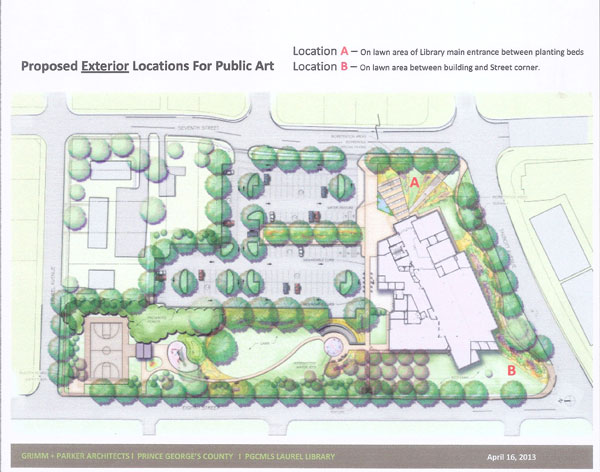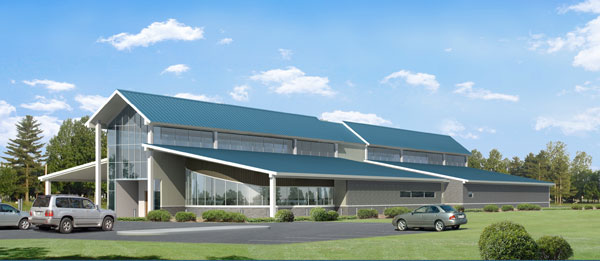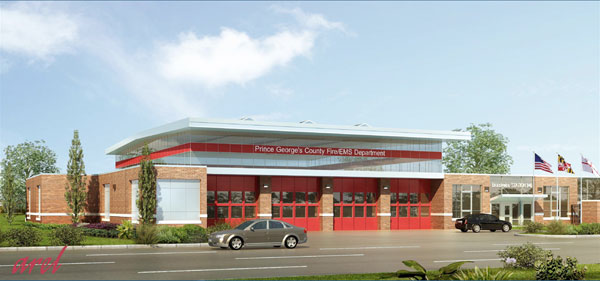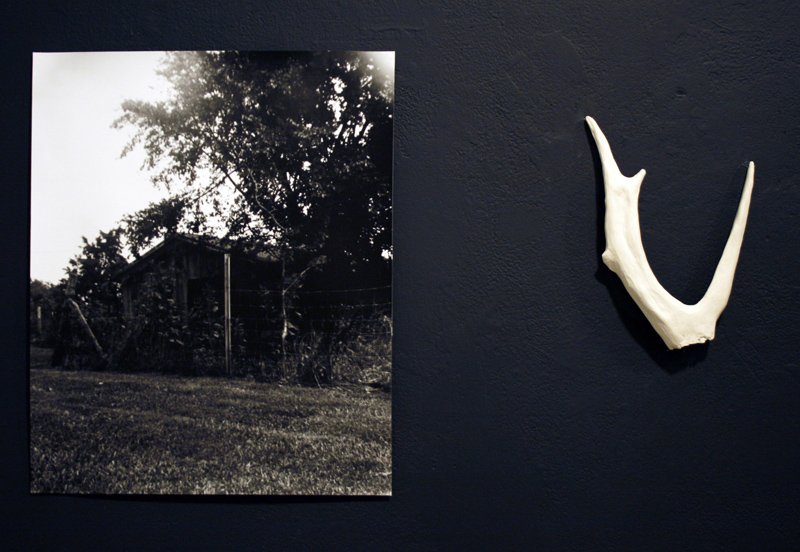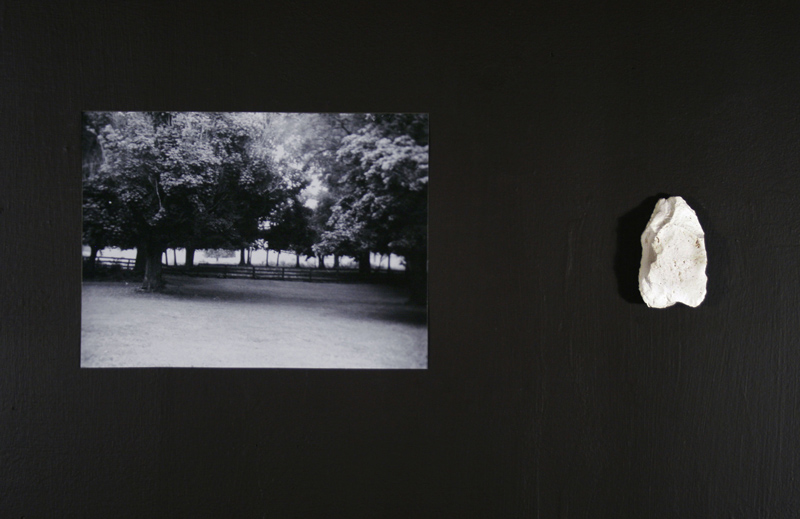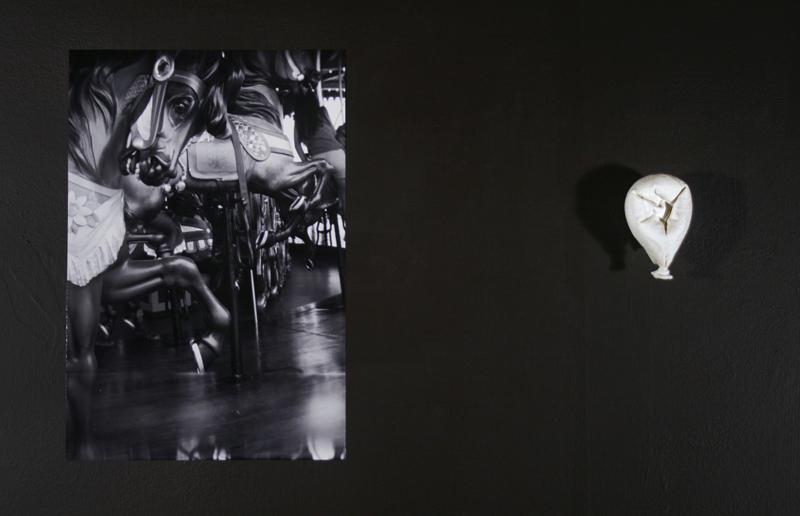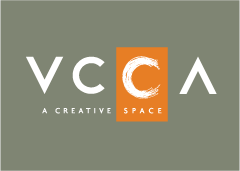This is the twenty-fourth in a series of interviews with each of the Sondheim Award Semifinalists. Finalists have been announced, and will be on exhibit at the Walters Art Museum June 21 to August 17; remaining semifinalists with be exhibited at the Decker, Meyerhoff and Pinkard Galleries at MICA July 17 to August 3, 2014.
Name: Amanda Burnham
Age: 34
Website: www.amandaburnham.com
Current Location: Hampden
Hometown: Toledo, OH
School: undergrad/BA – Harvard ’01 grad/MFA – Yale ’07
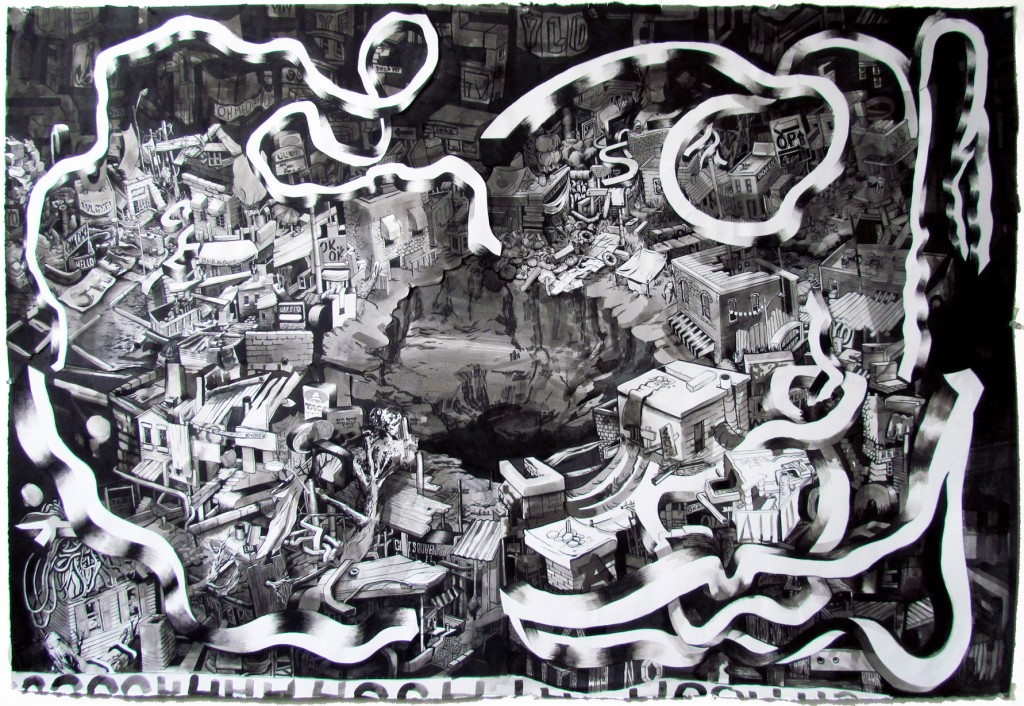 Current favorite artists or artwork: Anyone who draws. I’ve always really enjoyed Barry McGee’s work. Dieter Roth is another huge favorite. Locally I think there is a lot of great stuff being made, but I especially like Nora Sturges’ work (she is a colleague at Towson) and Gary Kachadourian’s work.
Current favorite artists or artwork: Anyone who draws. I’ve always really enjoyed Barry McGee’s work. Dieter Roth is another huge favorite. Locally I think there is a lot of great stuff being made, but I especially like Nora Sturges’ work (she is a colleague at Towson) and Gary Kachadourian’s work.
What is your day job? How do you manage balancing work with studio time with your life? I’m an Associate Professor in the Department of Art+Design, Art History, and Art Education at Towson. It’s a full time position, so, during the school year, I tend to work in fits and spurts – in the evenings and on weekends. Summers, however, are expansive and wonderful for studio time. I try to get as much done as possible! Throughout the year, I travel several times to do installation projects at various spaces, and the large scale and quick turnaround on these works keeps me going when my studio time is otherwise sparse.
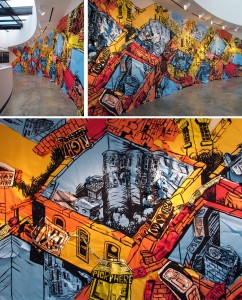
How would you describe your work, and your studio practice? Maximalist. I like packing lots of tiny little novelistic details into all the drawings I do. Lately (over the past several years) most of my work has had to do with describing cities, which is a theme that attracts me, I think, because cities contain so much. I also work best between extremes – very small, dense, and tight sometimes – big, explosive, and rough other times.
What part of artmaking to you like or enjoy the most? The least? I love seeing something that had me nervous for weeks finally snap together. Of course, the uncertainty that precedes that immense feeling of relief and surprise never ceases to be uncomfortable…
What research do you do for your art practice? One of the most important research activities I engage in these days is running. Running is an incredibly direct way to encounter the city and see things I’d miss from a car. The speed of running is a great balance between covering a lot of ground without compromising an awareness of detail. I get compositional ideas from seeing elements of my surroundings converge and separate as I approach and ultimately move past them. It’s a terrific way to get a sense of a new place – I make a point to go for a long run (or several, if possible) anywhere I travel. It also reliably puts me in a headspace that is more energized and inventive. Walking, sitting, and watching are also terrific, but I usually use my runs to generate ideas about *where* to return and subsequently linger.
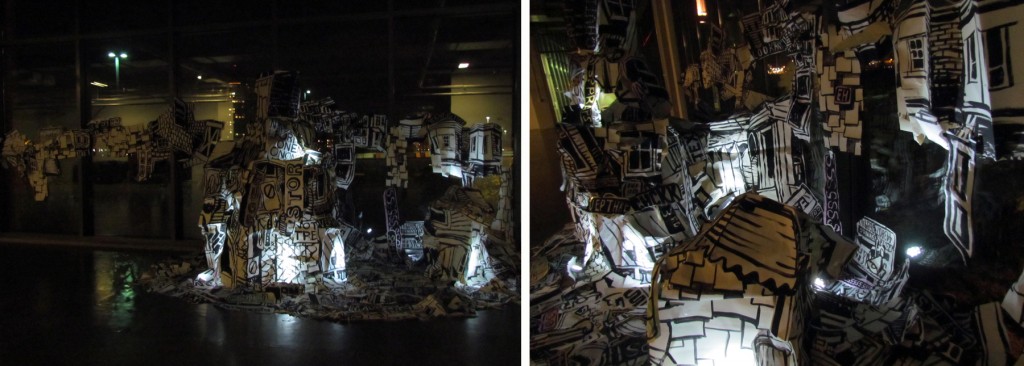
What books have you read lately you would recommend? Movies? Television? Music? I’ve recently discovered Mary Roach and am tearing through all of her books – “Packing for Mars” is great, and I’m eager to get going on “Gulp”, which is a tour of the human digestive system. I read “The Tender Bar” by J.R. Moehringer lately, and thought it was a lovely memoir. The currently airing remake of “Cosmos” with Neil DeGrasse Tyson is gorgeous, occasionally very pleasingly biting – a wonderful homage to the original.
Do you ever get in creative dry spells, and if so, how do you get out of them?
Sure – but I’ve come to regard “dry spells” as a necessary and inevitable part of the overall process. I find that at times that I have a hard time making, I’m often soaking in a lot of stuff that will come out in later work.
How do you challenge yourself in your work? I analyze past work, and I try to keep apprised of my conceptual peers (both past and present). I ask myself whether I’ve made something too conventional, or whether I’m repeating myself too much. I always try to do something new and untested (by me) in everything I do – whether that’s an idea or a process, there has to be some element of the unknown and potentially worrisome for work to stand a chance of being interesting.
What is your dream project? I’d like to construct an installation work in a large, dedicated, and very public venue, inviting participation by passersby, for a very long period of time. I imagine a huge living drawing that goes through many permutations and has no real endpoint- much like cities themselves.

